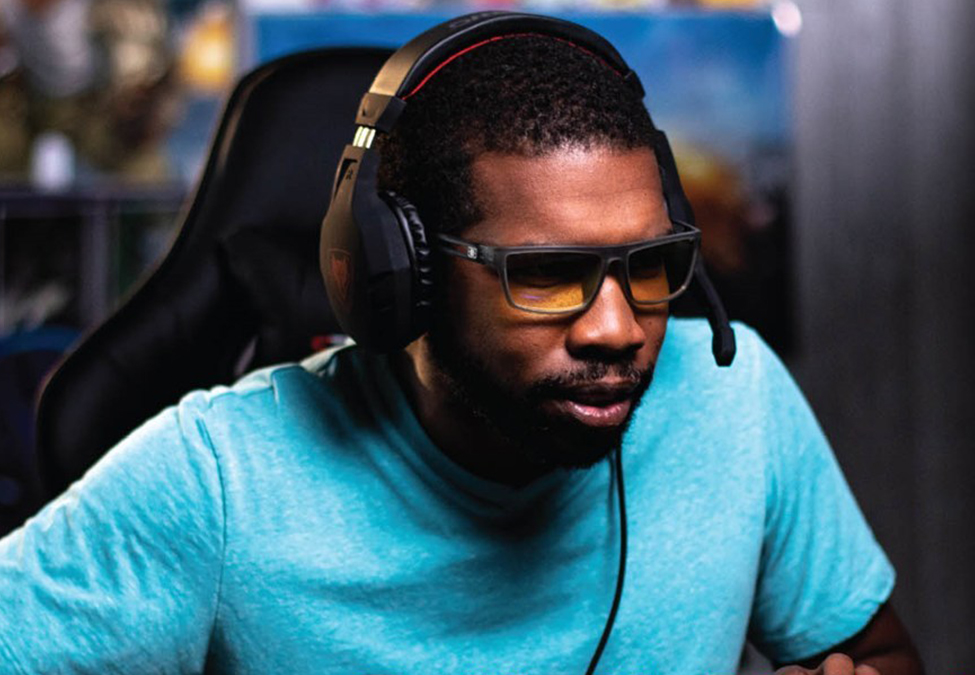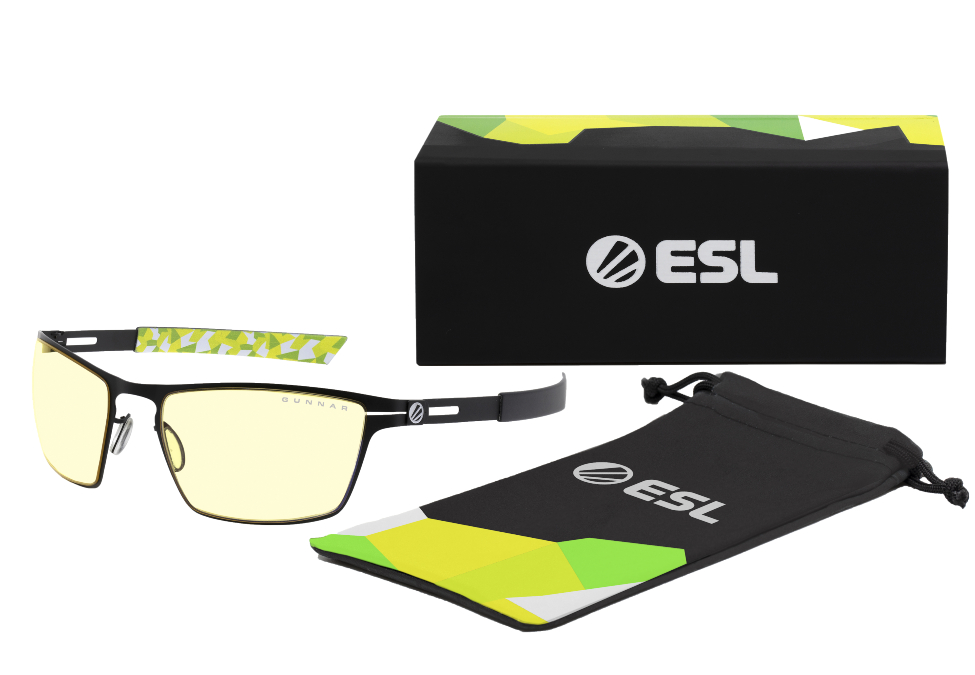One screen, two screens, red screens, blue screens. In the modern age, especially during the pandemic, almost everything happens via a screen, be it computer, phone, or television. From work, to relaxation (for some reason), screens are a constant presence in our lives – and in our eyes.
In esports, eyes are arguably the most important component of a player’s body they have, which is why it’s so important to understand how to protect them. The biggest threat, at least the one most people are aware of, is blue light, the high-frequency, high-energy light that comes from the screens we see every day.

“My stance on blue light is that we are living guinea pigs,” said Dr. Miki Zilnicki, an Optometrist who is a part-owner of Twin Forks Optometry in Riverhead, New York. “Gamers especially need to protect their eyes because they are using devices all day. If they are gaming for eight hours, they are likely in school using some devices on top of that or they are working for another eight hours. So gamers can be in front of a screen for 16 hours a day in some cases. It’s a unique population because they are going to be the ones who need to be protected the most.”
Beyond enabling dark mode on apps or installing Flux on a computer, the primary form of blue light protection comes from blue light filtering glasses. Beyond the immediate potential dangers of blue light, there are plenty of harm-reduction – and performance-boosting – measures that come with eyewear.
“The hardest part [with being an optometrist] is that people think vision is just about wearing glasses,” Dr. Zilnicki explained. “With all of us spending so much time online, people are starting to feel the strain on their visual system. They’re starting to say ‘I don’t need glasses, but there is something going on with my eyes.’ Companies like GUNNAR understand a gamers needs, its blue light blocking but it’s also glare, extra focusing and dry eye.”
In esports, companies like Zenni and GUNNAR are entering into partnerships with a variety of esports organizations and companies.
Earlier this month, GUNNAR released the ESL Blade, a new ESL-exclusive and the second branded eyewear to come out of the partnership following the release of the Lightning Bolt 360: ESL Edition in August.
RELATED: DreamHack and ESL merge under ESL Gaming
“People became a lot more concerned with blue light blocking once Covid hit,” said Georgina Petrie, GUNNAR’s Director of Marketing. “Before COVID you’d see a handful of players here and there wear blue light glasses. You’d see companies like HyperX and Zenni throw down a lot of money for pure sponsorship opportunities… ESL was the first organization that I’ve seen and that I know of that is taking this really seriously, which is one of the reasons why we partnered with them.”
In addition to ESL, GUNNAR is also partnered with Ubisoft and Razer. Zenni has focused primarily on the team side, the company has partnerships with the Golden Guardians, Pittsburgh Knights and Houston Outlaws, among others.

Zenni is also not endemic to esports, the company has been around since 2003. GUNNAR has been around for a while too – the company got the patent for its blue light blocking over a decade ago – but GUNNAR focuses specifically on the gaming space.
“We wanted to align ourselves with the leaders in the gaming field,” Petrie continued. “Ubisoft has been around for decades, ESL is a global leader in esports events and Razer is a leading company on the peripheral side. When we identify a partner, we have to make sure we are aligned and have common goals. Our licensed deals are more of a partnership than a brand slap.”
In addition to being an important part of esports continued focus on players’ physical and mental health, there is also the branding aspect. When players appear on a screen during an esports competition, it’s usually just an up-close shot of the player’s face. Even jersey sponsors can be partially or fully obscured depending on the camera set up. Glasses can exist in that white space that’s only otherwise occupied by a headset, chair logo or face tattoo (hopefully branded face tattoos don’t take off).
RELATED: Panda Global collaborates on blue light eyewear with HyperX
“You see a lot of companies throwing money at sponsorships but the players won’t actually wear glasses to compete unless they are used to wearing them,” Petrie said. “So yes it is a white space but it’s a question of how do we get blue light glasses to become second nature as part of the accessories you play with alongside keyboards, controllers and headphones. We want players to want to wear the glasses on stage, not be forced to do so because we have a partnership with their esports organization.”
Dr. Zilnicki compares the dangers of blue light, specifically our lack of knowledge about its long term effects, to the way we used to view cigarettes. Eyes are an incredibly complex organ made up of six muscles, and just like it’s rare to see a traditional sports athlete smoke a pack a day as they did in the 1950s, in a few years it may be just as rare to see a gamer who isn’t protecting their eyes when playing a match.

